- Home
- What to See in Tuscany
Join A Secret Italy
You come to Italy thinking it will be a trip. You leave knowing it was a beginning
Beyond the Postcard:
To speak of Tuscany is to speak of a dream. It is a landscape that has been baked by the sun, painted by Renaissance masters, and shaped by centuries of history.
Tuscany isn't just a region on a map for me; it’s a feeling. It’s the smell of the sun-warmed earth after a morning rain, the taste of a sharp Pecorino cheese with a glass of local red, and the sound of laughter echoing in a tiny piazza. While a postcard can capture a sliver of its beauty, the true soul of this region is found in the journey between its famous icons and its hidden heartlands.
This is a guide to that journey—an exploration of the art, history, and haunting landscapes that define Italy’s most celebrated region, from the echoing halls of the Uffizi to the silent, sun-baked clay of the Val d’Orcia.
Firenze (Florence):
Where the Renaissance Will Take Your Breath Away
We have to start here! Firenze is like walking into a breathtaking, open-air museum. The first time you see the Duomo, with that incredible dome, you’ll just stop in your tracks. I still do!
My advice? Go to the Uffizi Gallery early, look Botticelli’s ‘Venus’ right in the eyes, and feel the magic. Visit the Statue of David at the Accademia too. This Michelangelo sculpture is one of the loveliest of all Italian sculptures. Then, as the sun starts to set, follow the crowds over the Ponte Vecchio and up to Piazzale Michelangelo. Trust your Zia Maria on this—the view from there, with the whole city glowing, is something you will carry in your soul forever.
Oh, and go shopping too. It's the best shopping in Italy; my Shopping in Florence guide has everything you need to take you straight to heaven.
Where to Stay? These are my recommendations.
Siena

You might be surprised to hear this but I love this city more than Florence. It is my Tuscan number one!
Its heart is the magnificent, shell-shaped Piazza del Campo—one of the most beautiful squares in the world.
If you’re lucky enough to be there during the Palio, the historic horse race, you’ll feel the raw, chaotic passion of the contrade (districts). It’s unforgettable! But any day of the year, the Duomo will leave you speechless. The inside is a treasure chest of art, from the magnificent marble floor to the Piccolomini Library, which is so dazzling it hardly seems real.
Here's everything you need to make your visit to Siena happen.
Lucca: A Charming Cycle on the Walls
If you need a little peace and quiet, you run to lovely Lucca. This city is hugged by magnificent Renaissance walls, but instead of being a barrier, the top is a beautiful, tree-lined park!
My favorite thing to do is rent a bike and cycle the entire loop, looking down on the rooftops and bell towers. Then, get lost in the cobblestone streets and find the beautiful, oval-shaped Piazza dell’Anfiteatro, built right on the old Roman arena. It’s filled with cafes and such a sweet, peaceful energy. There's lots more to see and many more reasons to visit. You'll find them all here.
Pisa: Is There More Than Just a Leaning Tower?
I know, I know—you have to get that photo! And you should; it’s a rite of passage. But, per favore, don’t just run to the Leaning Tower in the Field of Miracles and then leave! The Tower is beautiful, but so is the stunning striped Duomo and the Baptistery beside it. The acoustics inside will give you chills. Stay for a while, have a coffee, and let the whole magnificent complex sink in. There's a real city beyond the tower, waiting to be discovered.
San Gimignano: The Medieval Manhattan
Prepare to be amazed! As you drive through the hills, you’ll see San Gimignano from miles away, with its famous stone towers piercing the sky. It is a moment that you will always treasure.
So, why is it called the Medieval Manhattan? Well, in the Middle Ages, wealthy families built these towers to show off their power; the combination of soaring towers and rich people who loved showing off earned it the name of the Manhattan of Italy. It is much nicer, though, than Manhattan will ever be, and walking through the town today feels like stepping into a perfectly preserved medieval dream.
It can be busy, but for good reason! Climb the Torre Grossa for an incredible view, and promise me you’ll stop at Gelateria Dondoli for what many call the best gelato in the world. You deserve it!
There is so much more too, but there is an important WARNING for people thinking of visiting. You'll find that here.
The Secret Heart of Tuscany: The Hill Towns
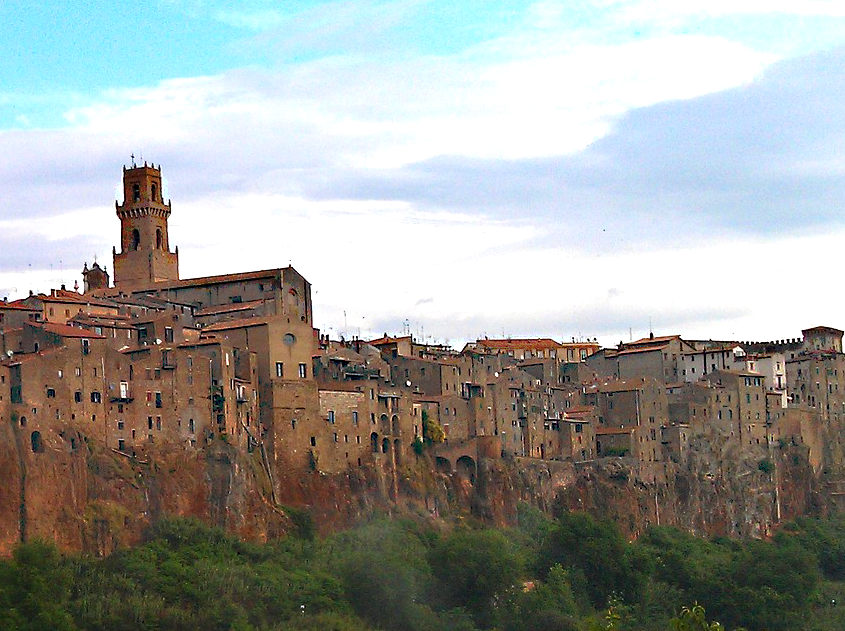
This is where the real magic happens, away from the biggest crowds. This is the Tuscany of your dreams.
Let’s start with the Val d’Orcia. This isn’t just a place; it’s a living painting. Think of those iconic rolling hills, dotted with cypress trees and lonely farmhouses. The light here is like gold, especially at sunrise and sunset. Just drive through it slowly—stop in the little towns like Montalcino, where you must, must try the famous Brunello wine. It’s like drinking velvet!
And nearby, Montepulciano offers another gorgeous hilltop town with incredible Vino Nobile wine and views that stretch for miles.
Further south, you’ll find my absolute favorites, the true hidden gems. Pitigliano will stop you in your tracks. It rises from the volcanic rock like a fairy-tale fortress, so dramatic and powerful.
Not far away is the tiny village of Montemerano. Oh, this place! It’s a secret even to many Italians. The medieval center is a perfect little nest of streets, with a piazza so peaceful you can hear the birds sing. The sense of community here is beautiful. Here's our guide to Montemerano.
And we can’t forget Cortona, the proud town under the Tuscan sun, made famous by Frances Mayes. Walking its steep streets, you feel like you’re on top of the world, looking down over the Val di Chiana. And Volterra is something else entirely—wild, dramatic, and steeped in Etruscan history. You can feel the ancient power in the very stones.
I've more lovely little towns, those not yet discovered by tourists, in my Secret Italy section.
Living La Dolce Vita: A Stay in a Tuscan Vineyard
Now, I have to share one of my very favorite ways to experience Tuscany—staying right in the middle of it all. And I don’t just mean a hotel with a view. I mean packing your bags and settling into a real working vineyard. Believe me, it’s a different world!
Waking up to the silence of the hills, with nothing but the sound of birds and the sight of morning mist weaving through the vines… it’s pure magic. You can spend your days wine tasting without ever needing a car, wandering through the cellars, and getting to know the families who have poured their hearts into this land for generations.
One of these special places that holds my heart is the Badia a Coltibuono, right in the Chianti hills. “Badia” means abbey, and oh, what an abbey it is! It’s a thousand-year-old former monastery, surrounded by its own gorgeous forests and vineyards. Staying there isn’t just a holiday; it’s a step back in time. You can almost feel the history in the ancient stone walls. And the wine, of course, is heavenly—they’ve been perfecting it for centuries!
Whether it’s Badia a Coltibuono or another beautiful agriturismo, a vineyard stay lets you live the Tuscan dream. It’s where you truly understand the connection between the land, the food, and the wine. It’s where you learn that the real luxury here is time… time to slow down, to breathe, and to just be.
Colle Val d’Elsa
The upper part of the town, Colle Alta, is a stunning medieval gem. It’s known as the "Crystal City" because it produces a huge amount of the world's fine crystal. Walking its quiet, atmospheric streets feels like you’ve discovered a secret all your own.
I met a grandmother from the USA here who left kids and grandkids to start a new life in this small Tuscan town. She absolutely loved her life in this corner of Tuscany and told me it was paradise. You can read her story here.
Frequently Asked Questions About Visiting Tuscany
When is the best time to visit Tuscany?
When is the best time to visit Tuscany?
I always say spring (April–June) and autumn (September–October) are the sweetest times to visit. The weather is mild, the vineyards glow with color, and the crowds are fewer. Summer can be wonderful too, especially if you love warm evenings and long outdoor dinners, but it does get hot inland.
What’s the weather like in Tuscany?
What’s the weather like in Tuscany?
In summer, expect sunny days with temperatures around 30°C (86°F), while coastal areas are a little cooler. Spring and autumn bring gentle sunshine, perfect for sightseeing or wine tasting. Winter (December–February) can be chilly, especially in the hills, but Florence and Pisa remain beautiful year-round.
What should I pack for a trip to Tuscany?
What should I pack for a trip to Tuscany?
Pack light layers, a mix of casual clothes for exploring and something a little dressy for dinners. Comfortable walking shoes are a must (those cobblestones have a mind of their own!). In summer, bring sunscreen and a hat; in spring and autumn, a light jacket or cardigan. If visiting in winter, don’t forget a warm coat and scarf.
How many days do I need in Tuscany?
How many days do I need in Tuscany?
If you can, give yourself at least five days. That allows you to see Florence, Siena, and one or two smaller towns like San Gimignano or Montepulciano. A week or more? Even better, Tuscany is made for slow travel.
Do I need a car to explore Tuscany?
Do I need a car to explore Tuscany?
You can visit the main cities by train, but to truly experience the countryside, the vineyards, hilltop villages, and winding backroads, renting a car makes all the difference. Just drive gently; Tuscany isn’t a place to rush.
Is Tuscany expensive to visit?
Is Tuscany expensive to visit?
It can be, but it doesn’t have to be. Stay in agriturismos (farm stays) or smaller family-run hotels, eat where the locals do, and enjoy simple Tuscan dishes, often the best meals are the least expensive ones.
Please Book with Us... Maria here, if you enjoy my site I'd love your support.
Simply book your next trip anywhere (not only to Italy) via the link below or with any of the hotel links on the website.
You'll get the best deal available and the income I receive helps me to remain independent and to keep bringing you more of beautiful Italy.
More Travel Tips:
- Book your tickets to museums and other attractions in advance on Tiqets.com
- Book your accommodation. Booking.com and Agoda help you to book accommodation in advance
- Book your excursions. Wherever you go, make the most of your time! Excursions with professional guides will help you do this - choose a location and the best option for yourself on Viator or Getyourguide
- Book your car. At least a month before is best. Use Discover Car Hire.
- Cash Back on Flights: Great deals & money back with WayAway
- Get peace of mind when traveling. Get insured with VisitorsCoverage.com
- Home
- What to See in Tuscany


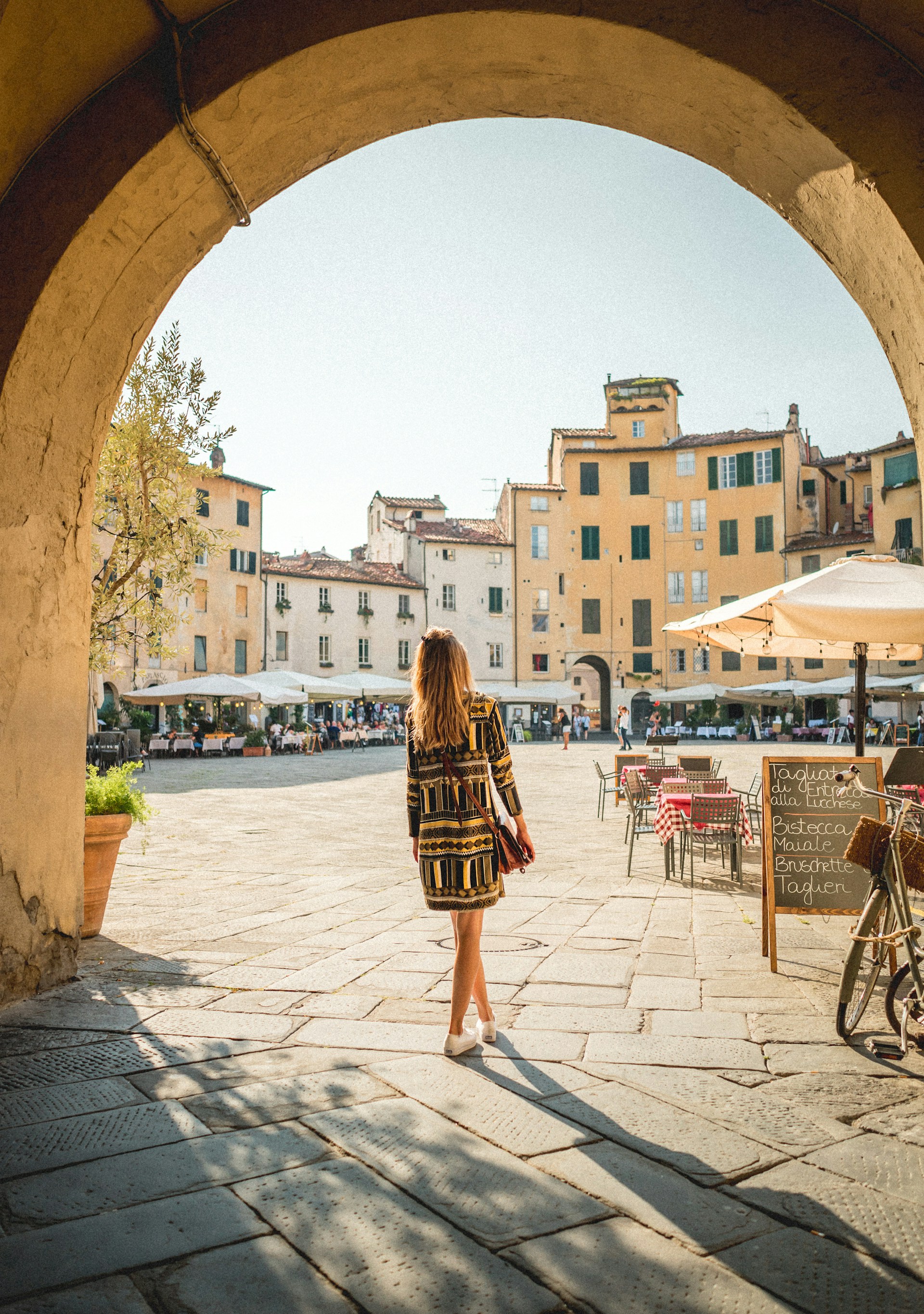
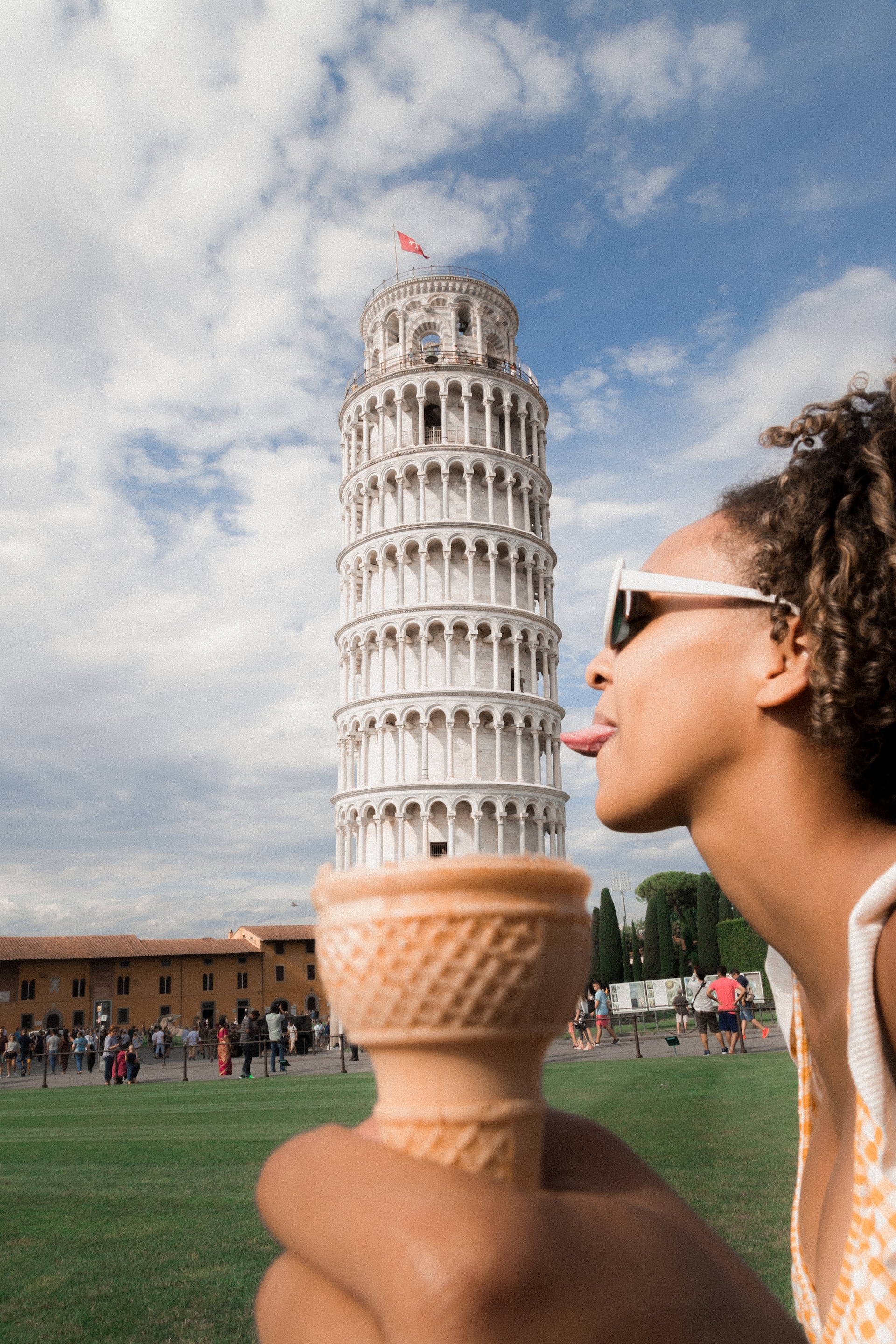
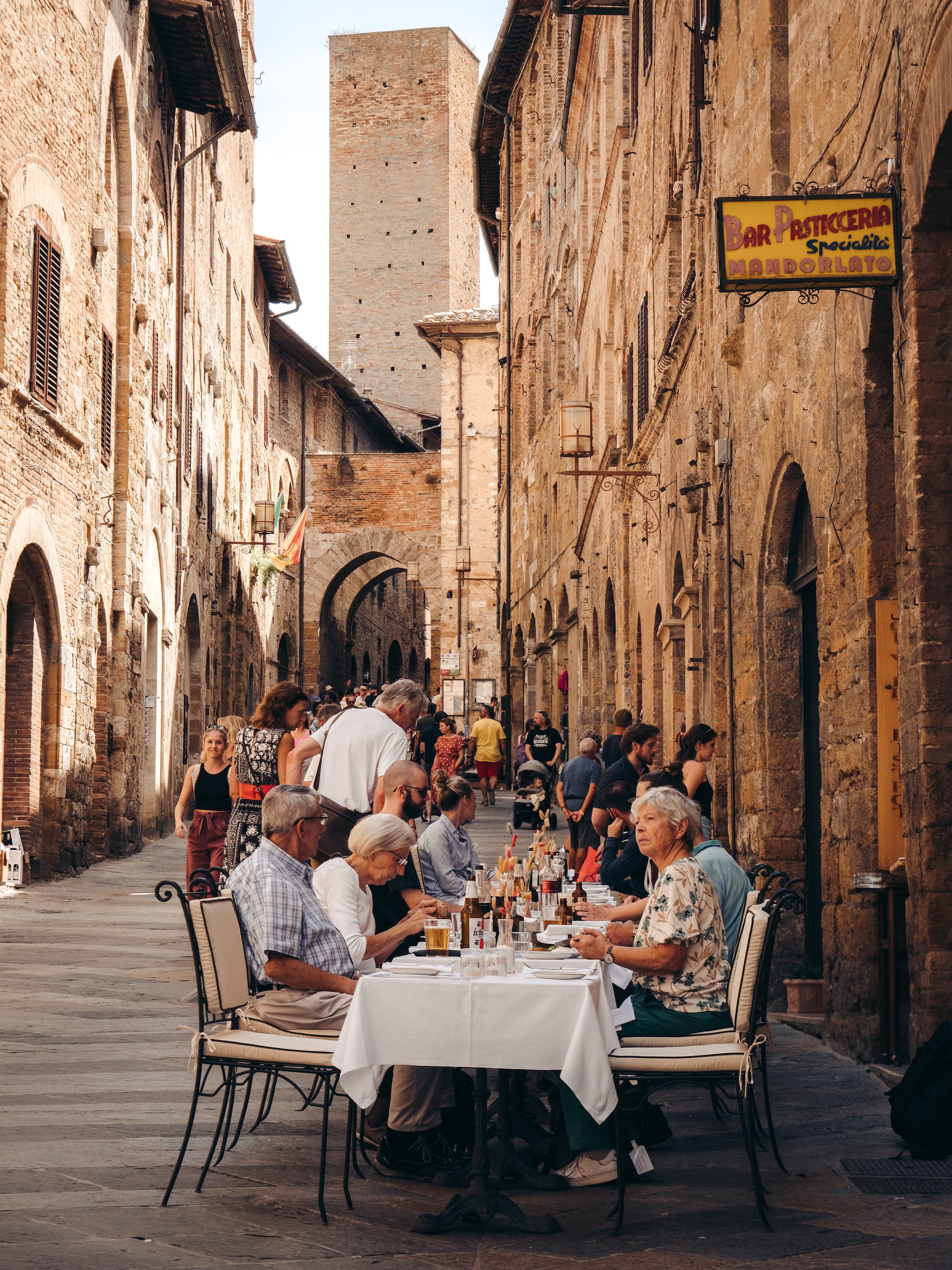

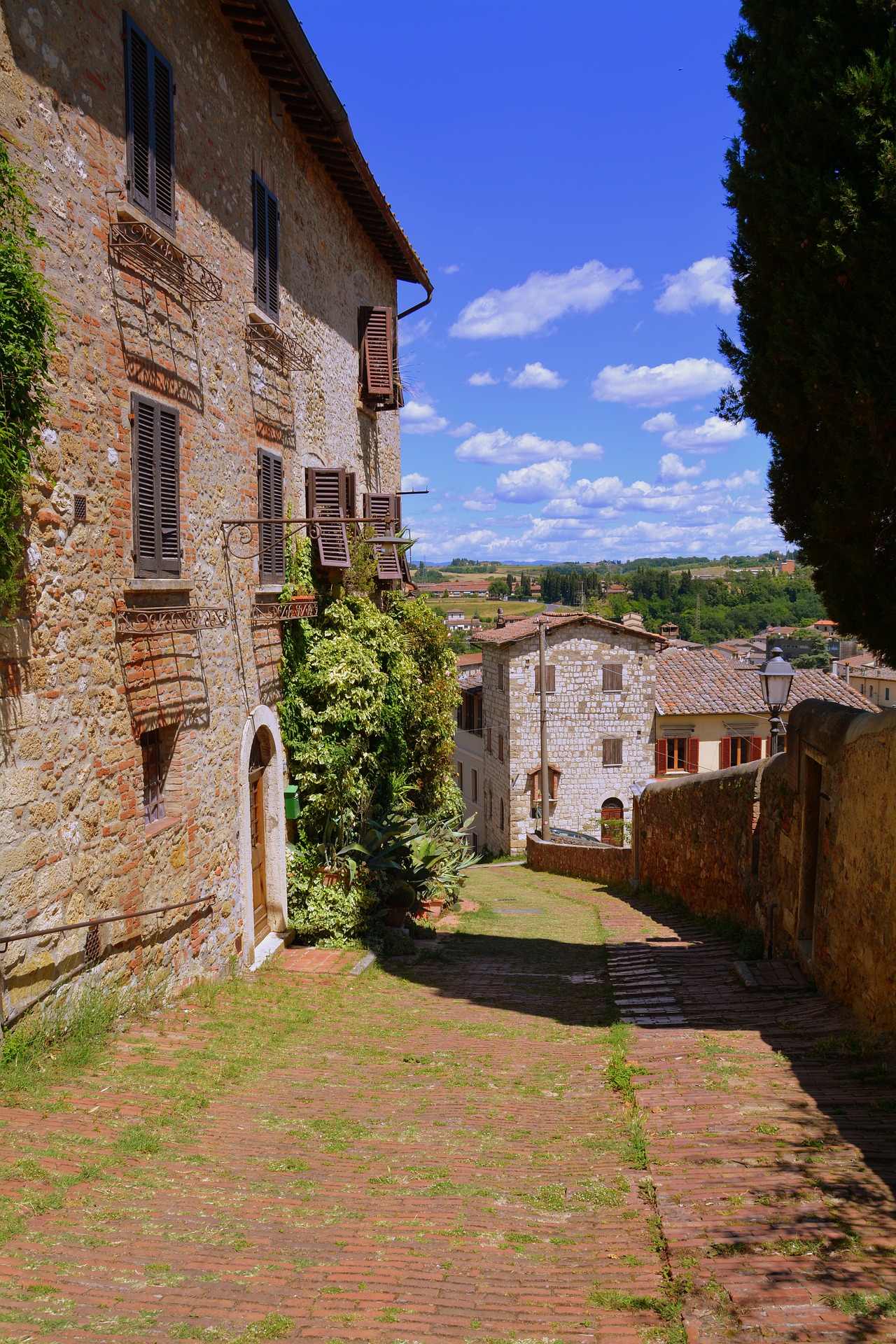


New! Comments
Have your say about what you just read! Leave me a comment in the box below.